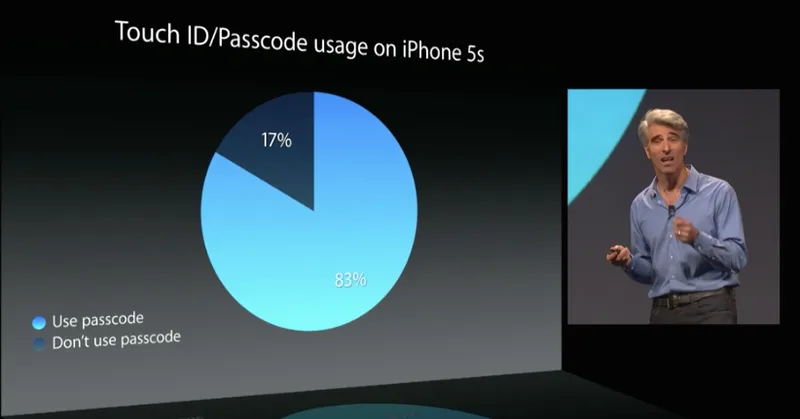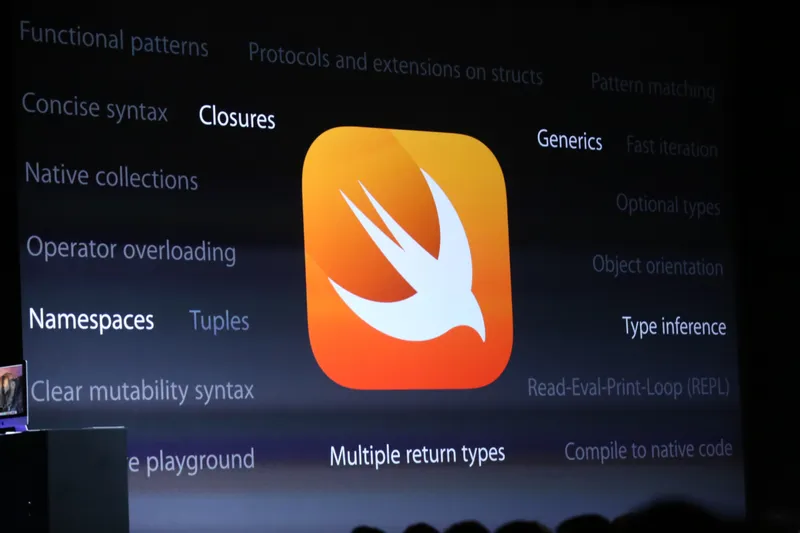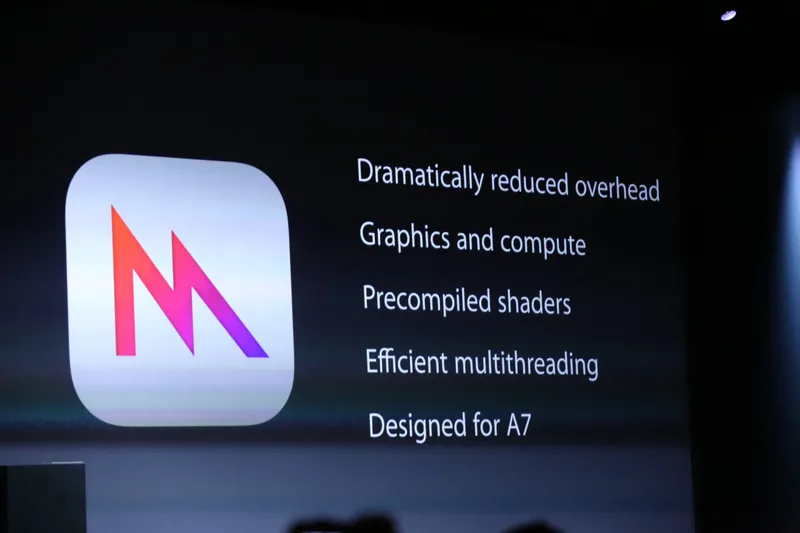Apple WWDC - What does Apple have in store for you this year?
Its been about a year since the iOS 7 was launched. While the new generation of Apple fanboys lapped it up, the so-called Apple ‘purists’ were apparently upset by Jony Ive’s tinkering with the holy grail, prompting countless memes making fun of the star designer. But in the intervening 12 months, Apple has had time to digest the feedback, sift the noise from the signal and release the new version. In the Apple WWDC last night, iOS 8 was released, and with it, many new developments and features have been packaged. iOS 8 will be ready for consumers by this fall. The devices compatible for the iOS 8 are – iPhone 4S, 5, 5C, 5S; iPod Touch 5th Generation; iPad 2, iPad Air, iPad mini and iPad with retina display.
Some of the incremental developments are as follows:
- One of the big things that iOS 8 brings is the compatibility with the OS X. Apple is calling these types of features “Continuity”, in essence bringing all Apple devices – whether mobile or not – towards a convergence point
- The “handoff” feature detects when the iPhone or iPad is near the Mac and lets the user send the documents / emails etc. from one device to the other
- Apple has launched the “Hey, Siri” on the lines of “OK, Google” to respond to voice commands, but only when the device is plugged in for charging or is unlocked
- Apple has opened up the Touch ID API for developers, providing the ability for apps to use the Touch ID fingerprint authentication. For example, your banking application or personal finance application can in the future ask for your fingerprint verification in addition to the password to enhance security
- The “QuickType” feature has plans to increase typing speed by providing context specific autofills and not just language based autofills

Read on for some of the big changes!
iMessage
iMessage has now evolved into a full-fledged messaging app, with the best features from WhatsApp and Snapchat being incorporated into them. You can now send audio and video messages like in Snapchat, set a time limit for messages to expire like in Snapchat, share your location like in Facebook but with more granularity (for just a day, or week etc.), group messaging like in WhatsApp. However, the original foundation that iMessage would work only with other Apple devices stays as is. All this ‘feature borrowing’ by Apple didn’t amuse Jan Koum of WhatsApp, who tweeted to that effect. "very flattering to see Apple "borrow" numerous WhatsApp features into iMessage in iOS 8 #innovation"
Health
There have been murmurs in the Industry about how Apple is planning to be the next hub for all Health related apps. The name of the app is Health – and it can be the centralized repository for all health related apps to plug in and feed their data. In the back end, Apple is providing the “HealthKit” for developers to leverage this functionality. HealthKit is also accessible to healthcare providers and institutions.
Swift Programming Language

The newly launched Swift language in all probability will replace Objective-C as the default programming language for all Apple platforms. The language has been designed to feel familiar for the programmers who already are users of Objective-C, with the objective of unifying the procedural and the objective portions of the language. It also comes with a new set of features such as a new variable type called Tuples, fast iteration over a range or collection and so forth. Further, the language has built in features to ensure higher safety, such as variables that have to be initialized before using, overflow verification etc.
iOS 8 SDK

The new iOS 8 SDK has more than 4000 new developer APIs and changes. This also includes what Apple calls ‘Metal’, which gives direct access to the graphics and hardware on the A7 processors. Apple claims that this reduces overhead and also delivers a 10x performance gain compared to iOS 7 in draw call speed (in simple terms, a draw call determines how many objects are being ‘drawn’ on the mobile screen).
iCloud Drive and CloudKit
iCloud Drive is the advanced photo storage and syncing capability in the iCloud. In addition, the CloudKit provides the developers a framework that lets app creators leverage the iCloud capabilities for their app development. This is a step by Apple to prevent app developers from turning to Microsoft Azure, Google Cloud or Amazon Web Services. For example, the APIs provide a very simple way for Cloud authentication, search and notifications.
The general consensus in the tech circles is that Apple is doing everything in its considerable power to show developers that Apple is “the” coolest playground if you are planning to develop anything that is future ready.
Of course, this article is not comprehensive because tons of new things were launched in the 2 hour presentation. Tell us your favourite development in the comments below!







